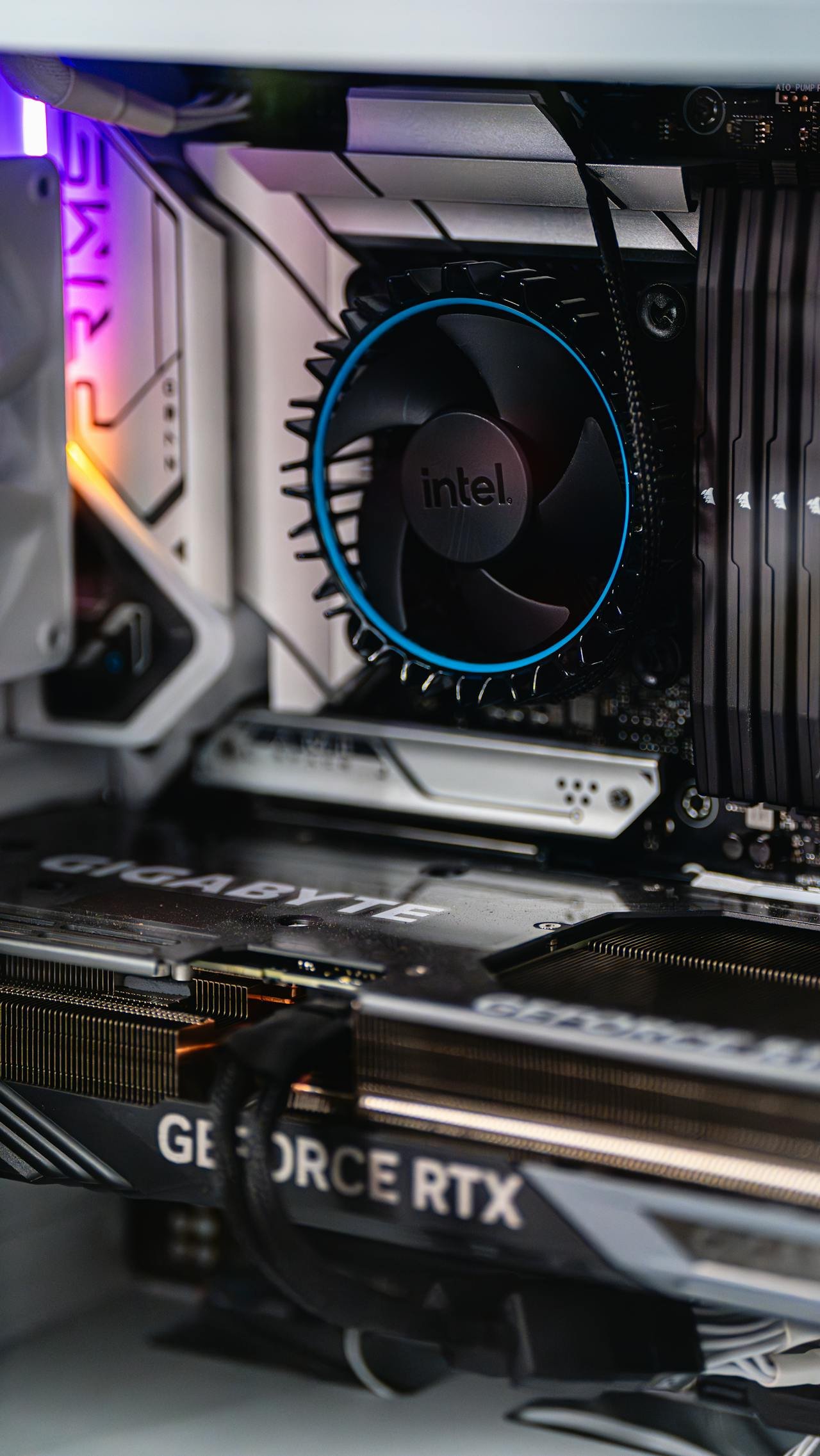
📡 Talking Without Words
The brain (CPU) can’t work alone. It needs help.
It “talks” to the memory, the screen, the keyboard…
But not with sounds or pictures.
They all use signals — electricity.
🪄 What Carries the Signals?
Wires and circuits!
Inside the motherboard are tiny lines of metal that work like roads.
When the CPU wants to:
-
Ask the RAM a question
-
Save a file to the SSD
-
Show a picture on the screen
…it sends a signal through the wire to that part.
Each part answers back with its own signal.
📬 Like Sending Messages
Imagine if the CPU is a boss.
It sends little notes to each part:
“Hey RAM, send me number 3.”
“Hey screen, draw a red square.”
“Hey storage, save this file.”
Each note travels super fast — as electricity.
💬 The System Bus
There’s a special set of wires called the system bus.
Think of it as a super-highway inside the computer.
-
It moves data
-
Carries instructions
-
Sends messages back and forth
The CPU, RAM, and storage all use this same road.